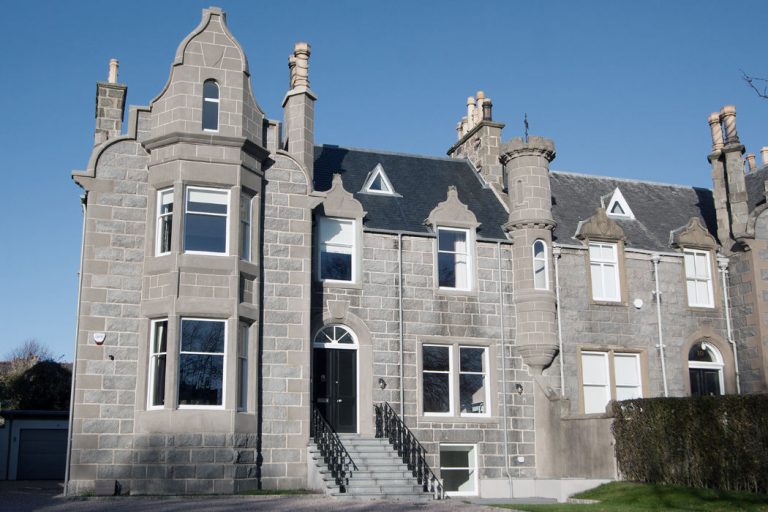The History of Sash and Case Windows: From Tradition to Modern Living
The History and Evolution of Sash and Case Windows
Sash and Case windows are more than just a practical solution for your home—they are a piece of architectural history. With origins tracing back centuries, these windows have evolved to remain a popular choice for homeowners today. Their classic design and modern functionality make them a timeless feature in both traditional and contemporary properties. In this article, we delve into the fascinating history of Sash and Case windows, explore how they have evolved over time, and highlight their enduring appeal in modern architecture.
A Brief History of Sash and Case Windows
Origins in 17th-Century England
The concept of Sash and Case windows emerged in England during the late 1600s, at the height of the Restoration period. While the exact inventor remains uncertain, some attribute the design to Robert Hooke, a prominent scientist and architect.
The introduction of this innovative window design coincided with the growing popularity of large glass panes, which allowed more natural light to flood into buildings. Unlike earlier hinged windows, Sash and Case windows used a counterweight system, enabling smooth vertical movement of the sashes.
Georgian and Victorian Eras
The 18th and 19th centuries marked the golden age of Sash and Case windows. During the Georgian period, the windows featured symmetrical designs and smaller panes, reflecting the architectural trends of the time.
The Victorian era brought further refinements, including larger panes and more ornate detailing. Advances in glass manufacturing allowed for stronger, thinner glass, which made the frames even slimmer and more elegant.
Decline and Revival
By the early 20th century, the popularity of Sash and Case windows waned with the rise of modern casement windows. However, in recent decades, there has been a revival of interest in these traditional designs, particularly in heritage conservation and upscale property renovations.
The Evolution of Sash and Case Windows
Materials Through the Ages
- Timber Frames: Originally, Sash and Case windows were crafted from high-quality hardwoods such as oak and mahogany. These materials were valued for their strength and durability.
- Modern Alternatives: Today, aluminium and uPVC frames provide maintenance-free options that retain the classic appearance while offering enhanced weather resistance and energy efficiency.
Glazing Technology
The early designs featured single panes of glass, which were often prone to heat loss. Modern Sash and Case windows now include double glazing or triple glazing, significantly improving insulation and reducing energy costs.
Advanced Mechanisms
The counterweight system has also seen significant upgrades. While traditional windows relied on lead weights and cords, contemporary designs incorporate spiral balances and other innovations for smoother operation.
Why Sash and Case Windows Remain Popular
Despite their historic roots, Sash and Case windows continue to be a popular choice for homeowners. Here’s why:
- Heritage Conservation
For properties in conservation areas, maintaining architectural integrity is crucial. Restoring or installing Sash and Case windows ensures compliance with preservation guidelines while retaining the property’s historic charm.
- Timeless Aesthetics
The classic elegance of Sash and Case windows complements a wide range of architectural styles, from Georgian townhouses to modern builds. Their design is versatile, making them a perfect fit for any home.
- Modern Performance
With advancements in materials and technology, Sash and Case windows offer excellent thermal efficiency, sound insulation, and security features without compromising their traditional appearance.
How to Incorporate Sash and Case Windows in Modern Homes
If you’re considering Sash and Case windows for your home, here are some tips:
- Choose Energy-Efficient Glazing: Opt for double or triple glazing to enhance thermal performance.
- Select Sustainable Materials: Modern timber frames often use sustainably sourced wood, while aluminium and uPVC provide low-maintenance alternatives.
- Customize the Design: From Georgian bars to decorative glass, there are endless options to personalize your windows to suit your home’s character.
Conclusion
The enduring appeal of Sash and Case windows lies in their ability to bridge the gap between history and modernity. From their 17th-century origins to their role in 21st-century architecture, these windows continue to captivate homeowners and architects alike.
Whether you’re restoring a heritage property or designing a contemporary home with a nod to tradition, Sash and Case windows offer a perfect blend of style, functionality, and timeless charm.
Contact Us Today
If you’re ready to enhance the beauty and functionality of your home with Sash & Case windows, contact us today for a consultation. Let us help you choose the perfect windows that will not only improve your home’s aesthetics but also increase its value and energy efficiency.

© All Rights Reserved.